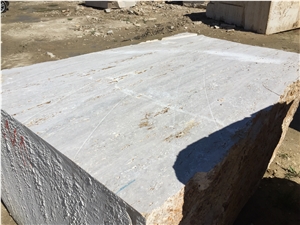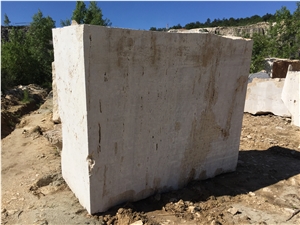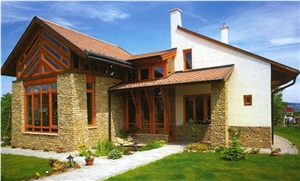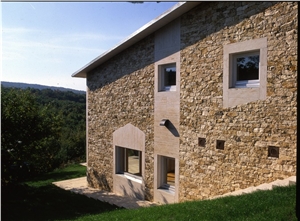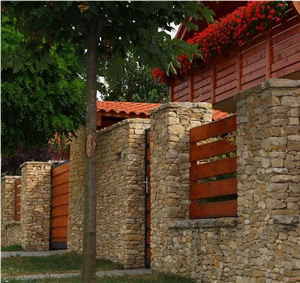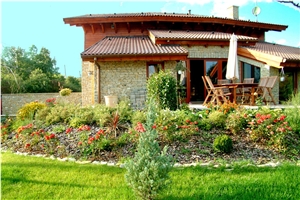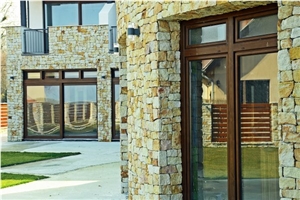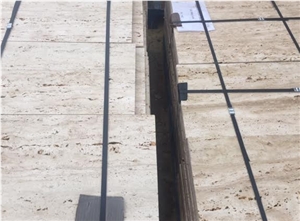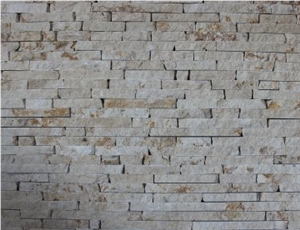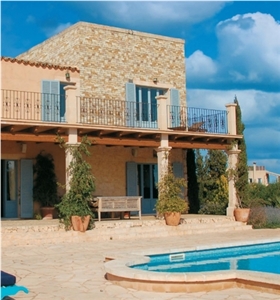Introduction
Our
pavings are quarried in our own delphs. In our Ezüsthegy Delph
quartz-sandstone, in our Budakalászi Delph limestone and in our Üröm
Delph calcaerous marls are quarried. All three mine pits are our own
properties. The whole production process is carried out int he
delphs, from the first steps to the finishing touches.
Üröm
Delph
Calcaerous
mud and clay mud used to be formed int he sea at the same time due to
the special climatic circumstances. This process created the so
called Buda Marl. When this rock gets moisture it turns to be an
aquitard, however it is advisable to impregnate against wogs and due
to easier cleaning. The colour of the rock is determinated by the
ratio of two and three valance iron elements.
Ezüsthegy
Delph
The
Ezüsthegy sandstone was formed in a sea environment in the
Oligocene. It has a rusty, silvery, somewhere white into dark
yellowish colour. It is built up from small pebbles alone. In the old
times millstones and whetstones were produced from this sandstone.
Its’ processing is still made by hand: it is still split and carved
by hand. Due to its high quartz content the mechanized processing of
this rock is very costly. Plinths of churches, villas, mansions,
several femces and buttresses and later whole public facilities,
facades and institute buildings were built from this stone. The
buildings recently built from the quartz-sandstone evoke the
historical times.
Budakalász
Delph
The
limestone was formed in a relatively long and narrow freshwater lake
during the Pleistocene ice age. From the relatively high pressure
waters of the lukewarm springs effusing to the surface calcium
carbonate precipitated due to the loss of pressure. A rich
vegeatation occured in these waters. The plants extracted the rest of
the CO2 from
the waters. The calcium-carbonate precipitated on the brenches and
leaves of the plants, but this exterminated the vegetation in the
lake. The soft parts of the plants decayed and the space left after
the plants are very typical int he fresh water limestones (also
called traverintes). Its’ colour can be white, yellow, brown and
red.
 Home
Home
 Stone Shop
Stone Shop
 Shopping Cart
Shopping Cart
 Suppliers
Suppliers
 Products
Products
 Stone Library
Stone Library
 Stone Fair
Stone Fair
 Post Need
Post Need
 Message
Message
 Favorites
Favorites
 Get App
Get App
 Logout
Logout



 Hungary
Hungary



-S.JPG)
-S.JPG)
-S.JPG)






